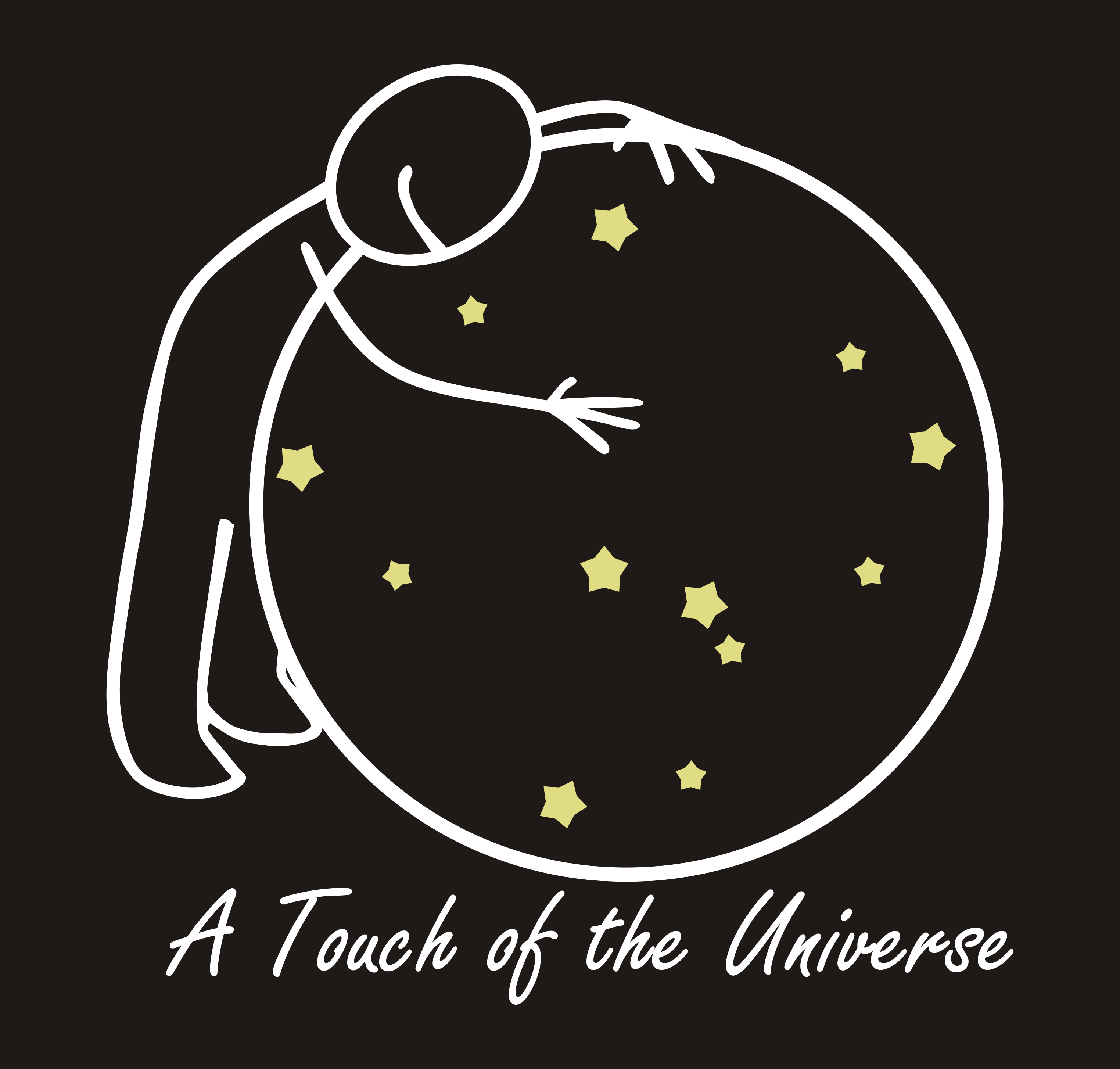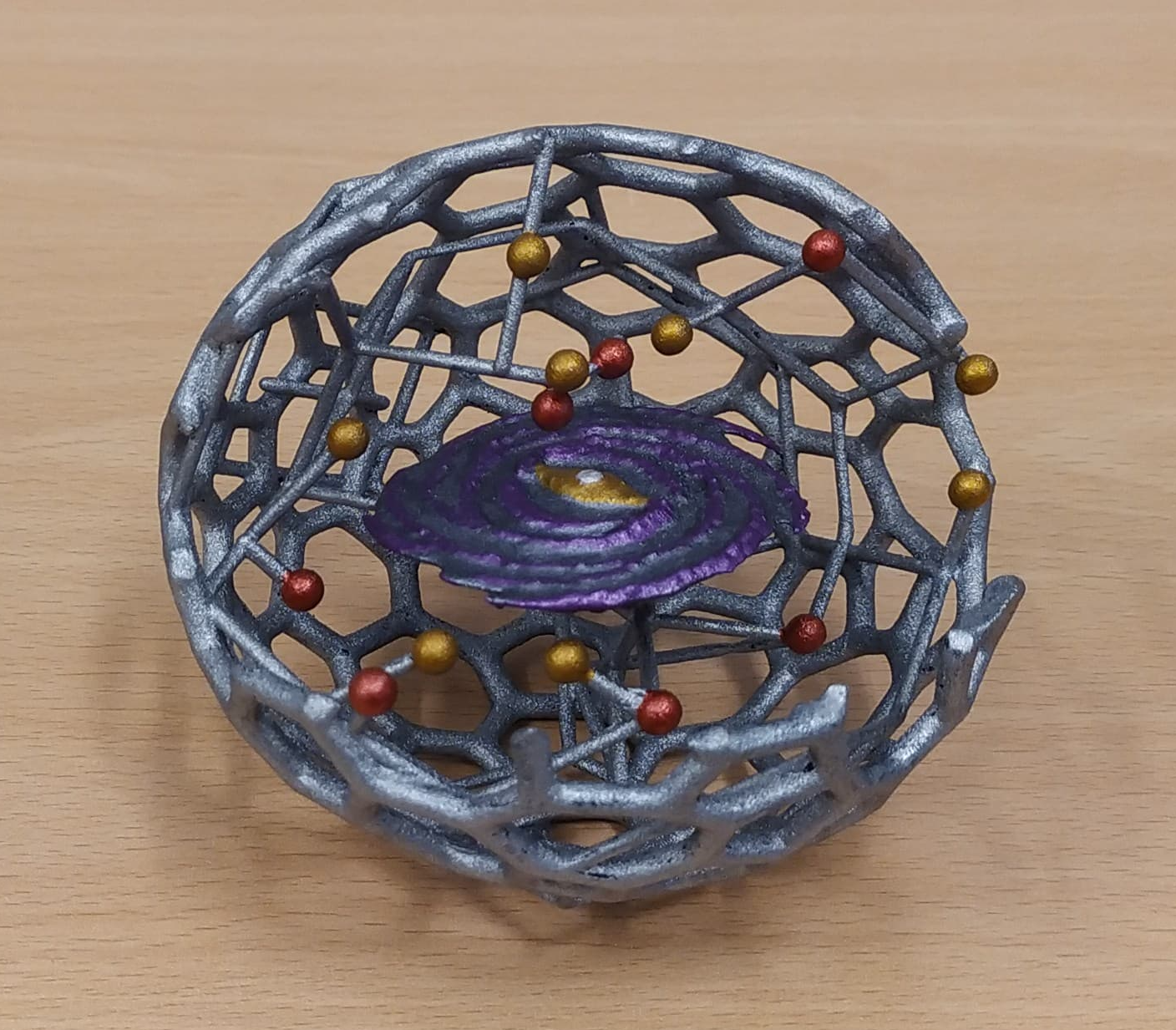The Milky Way
The Milky Way is the galaxy in which we live. It is a spiral galaxy, and three main structures can be distinguished in it: the central bulge, the disk with spiral arms, and the halo, a sphere that completely surrounds the disk and the bulge. The disk has an approximate diameter of about 100,000 light years and is very thin, with only 1,000 light years in thickness. It is not flat but has a slightly warped shape. Our Solar System is located in one of the outer arms of the disk, about 26,000 light years from the supermassive central black hole, called Sagittarius A*, whose mass is estimated to be about 4.2 million times the mass of our Sun.
The halo
The halo of the Milky Way is approximately spherical in shape, and its radius is estimated to be at least half a million light years, measured from the galactic center.
It is mainly composed of invisible dark matter, whose presence is manifested by the gravitational attraction it exerts on luminous objects such as stars and globular clusters (very dense and compact concentrations with tens of thousands or millions of individual stars) that are embedded within it. It behaves like a kind of «scaffolding» or framework that holds these objects.
The globular clusters located in the outermost regions are the oldest objects in our galaxy, with an age of 13.5 billion years, only 300 million years younger than the Big Bang.
The halo reveals the violent history of the Milky Way: a dwarf galaxy collided with ours between 7 and 10 billion years ago. Stars from this dwarf galaxy, called Gaia-Sausage-Enceladus, remained around the Milky Way, scattered through its halo of gas and dark matter.
About the model
In this 3D model, we show the halo with a mesh representing dark matter and gas. In several places within it, we find groups of small balls, the globular clusters, and stars. At the center lies the disk of the Milky Way, according to our 3D model. The clusters and stars have been represented only for illustrative purposes; they are not to scale, and real data have not been used in this model.
This work has been carried out with a grant from the R&D&I ‘Proof of Concept’ 2022 (PDC2022) call for projects, financed by the European Union through the NextGenerationEU Recovery, Transformation and Resilience Plan. Project’s reference: PDC2022-133930-I00.

